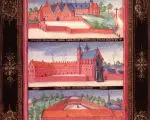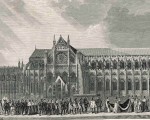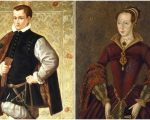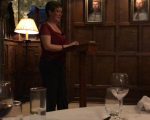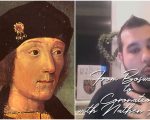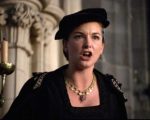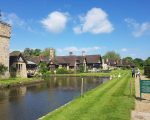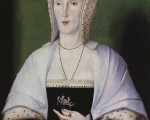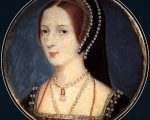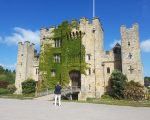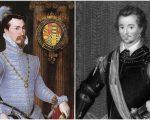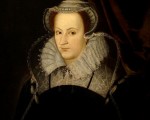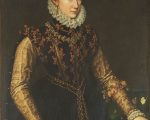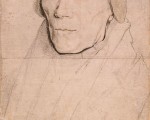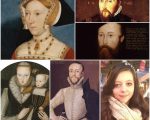
Just to let you know that this month’s live chats will be taking place on 9th and 23rd June. Both chats will last one hour and will take place in the Tudor Society chatroom at www.tudorsociety.com/chatroom/.
Our informal chat will take place on Saturday 9th June and this month’s topic is the Seymour family. This is your chance to share your views on the Seymours (Jane, Edward, Thomas, the Seymours in Elizabeth I’s reign, their background, anything Seymour related!), to pose questions about them, to ask the views of other members, to share book recommendations, and to just talk Tudor.
[Read More...]




